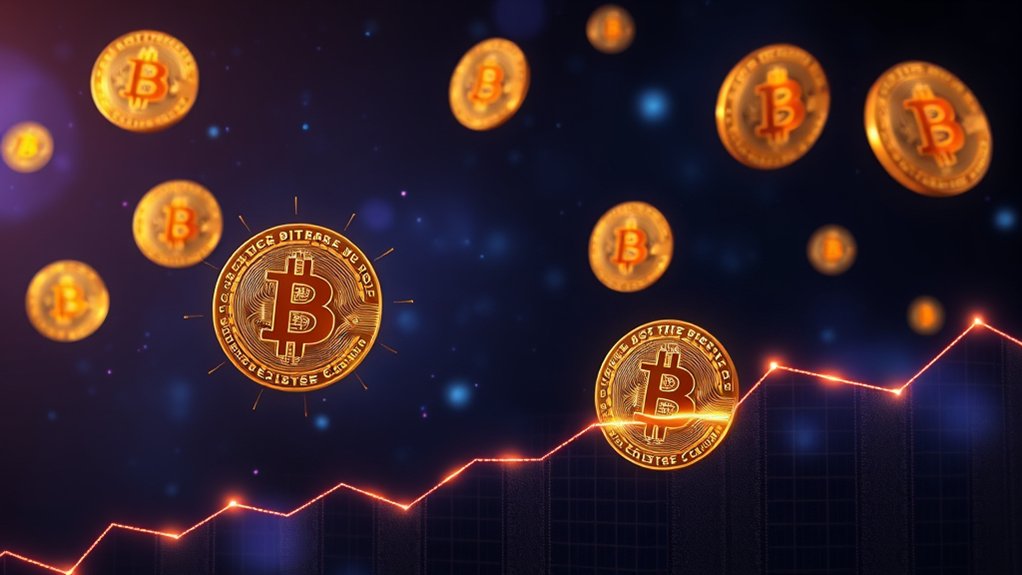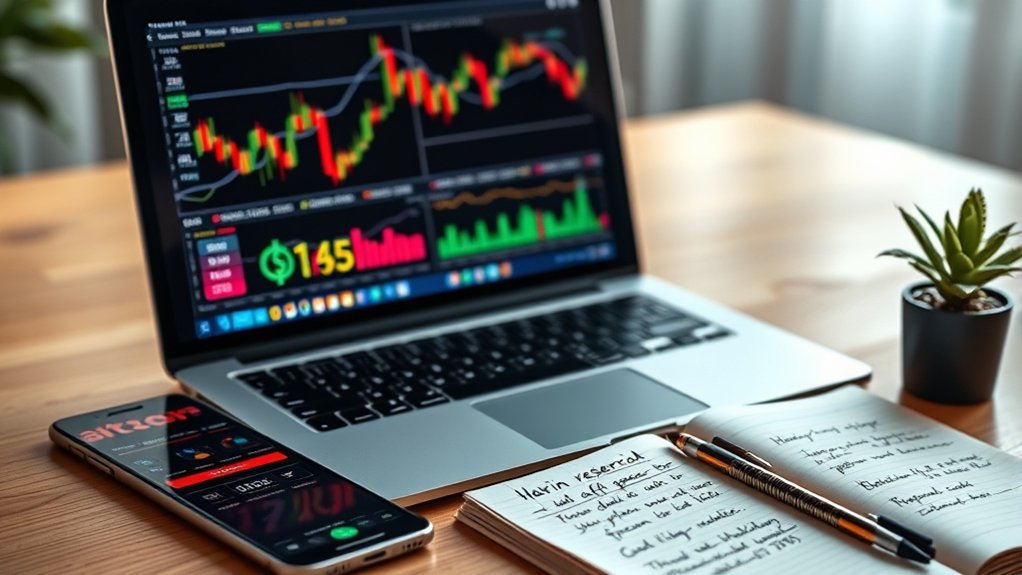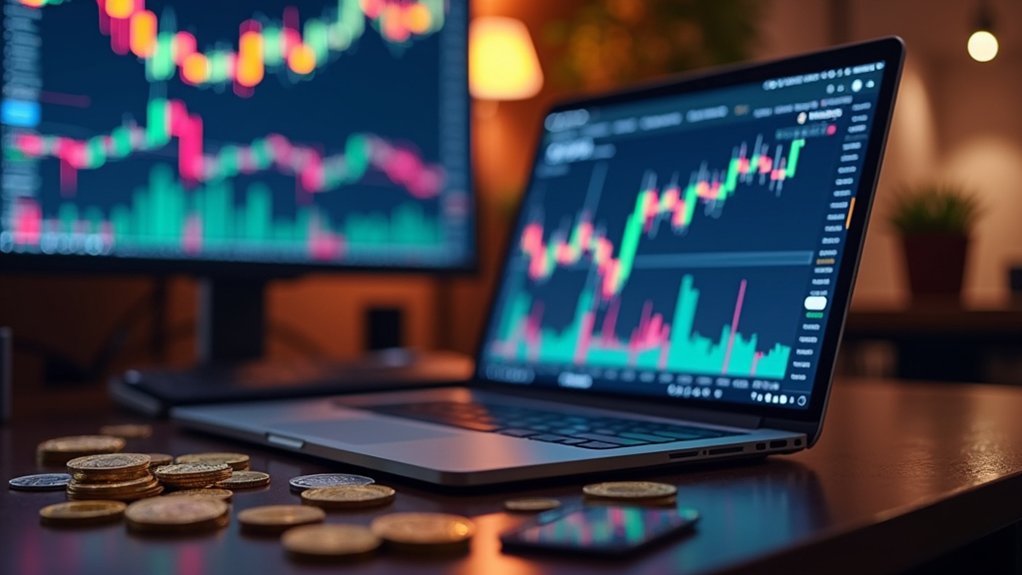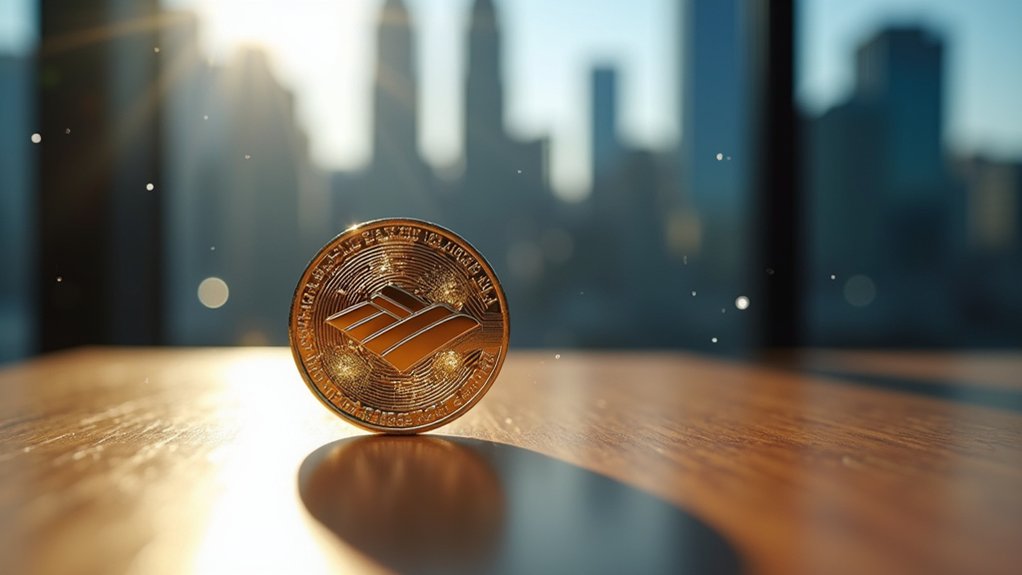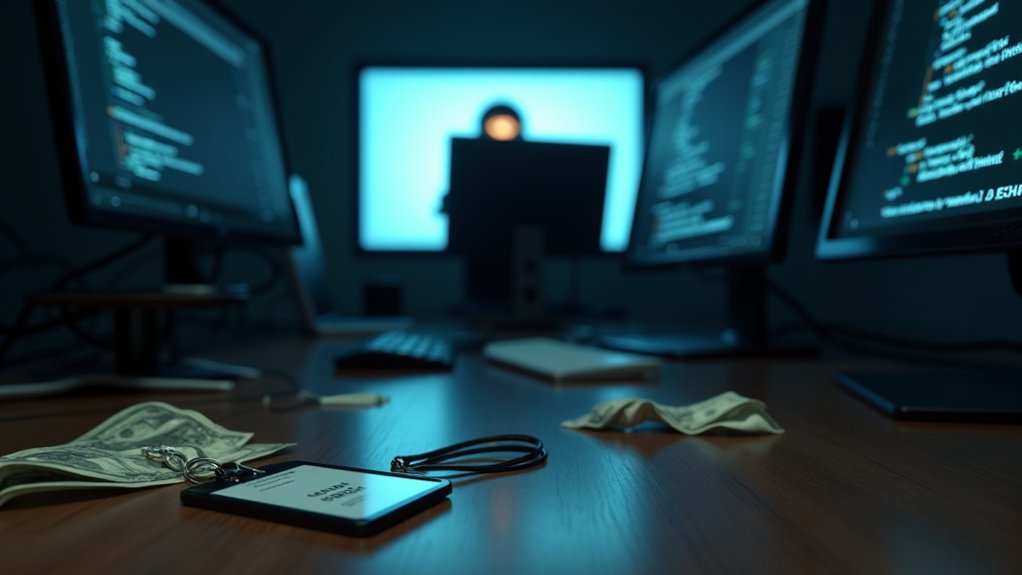As of now, about 19.96 million Bitcoins are circulating in the digital domain. With a strict cap of 21 million, that means only around 1.04 million left to mine. Not too shabby, right? This finite supply boosts scarcity, making BTC all the more appealing. Of course, some coins are lost forever—oops! Each lost Bitcoin just adds to the drama of demand and price. Curious about why that matters? Stick around; it gets better.
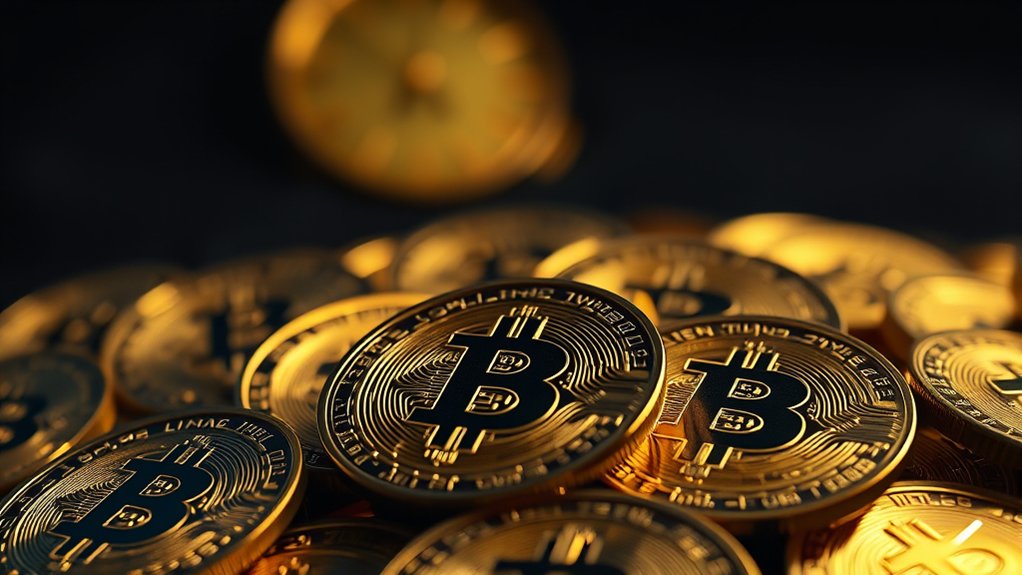
How many Bitcoins are actually floating around in the digital ether? As of now, about 19.96 million Bitcoins are circulating. That’s right. Millions of virtual coins, bouncing around in the cryptocurrency cosmos.
But hold your horses; there’s a cap on this digital treasure. Bitcoin has a hard limit of 21 million. So, there’s only about 1.04 million left to be mined until we hit the ceiling, which isn’t expected to happen until around 2140. Talk about a long wait!
Every four years, Bitcoin goes through a “halving.” It sounds like a party trick, but it’s serious business. The reward for mining a block gets cut in half to control how quickly new coins come into existence. As of early 2024, approximately 93% of bitcoins have already been mined. This process of halving reduces inflation and promotes scarcity, contributing to Bitcoin’s value. The halving mechanism is programmed to ensure a finite supply of Bitcoins, making it distinct from traditional fiat currencies.
The last halving happened in 2024, slashing the reward to 6.25 Bitcoins per block. It’s a slow and steady race to that 21 million mark.
Let’s not forget the lost Bitcoins. A lot of them are just sitting there, forgotten like last year’s fashion trends. Estimates suggest a significant number of coins are gone for good, thanks to forgotten passwords or abandoned wallets.
This loss doesn’t just make Bitcoin scarcer; it impacts the value, too. Fewer coins mean more demand, and that drives the price up. It’s a simple supply-and-demand game.
Bitcoin’s limited supply adds to its allure. Investors are drawn to the idea of something that can’t just be printed like fiat money.
Think of it as the digital version of gold, but with more drama and less glitter. The appeal lies in its scarcity, making it a sought-after store of value amid economic chaos.
Frequently Asked Questions
How Is the Total Supply of Bitcoin Determined?
The total supply of Bitcoin is a hardcoded 21 million. No more, no less.
It’s like a cruel joke, really. Every four years, miners get half the reward for mining, thanks to those halving events. This means new Bitcoins slowly trickle out, rather than flood the market.
Plus, with only about 1.5 million left to mine, scarcity is real.
What Happens to Lost or Unclaimed Bitcoins?
Lost or unclaimed bitcoins? They’re like socks in the dryer—vanishing into thin air.
Estimates suggest up to 3.8 million coins are lost forever, thanks to forgotten passwords and hardware failures. That’s a staggering chunk of change, over $100 billion.
What’s the upside? Less supply means more scarcity, potentially driving prices up.
Can I Create My Own Bitcoin?
Creating your own Bitcoin? Sure, but good luck.
Bitcoin’s code is open-source, so technically, anyone can fork it. But here’s the kicker: just slapping a new name on it doesn’t mean it’ll catch on.
You’ll need a unique twist, a killer community, and maybe a sprinkle of luck. And don’t forget the regulatory headaches.
How Does Bitcoin Mining Affect Circulation?
Bitcoin mining is like a never-ending race, churning out coins every ten minutes. It affects circulation by adding new bitcoins into the mix, but only until the cap of 21 million is hit.
Once that’s reached, miners will rely more on transaction fees. It’s a hot mess, really—lots of energy wasted, carbon footprints growing, and some folks still think it’s the future.
Spoiler alert: it’s not all sunshine and rainbows.
What Are the Implications of Bitcoin Halving Events?
Bitcoin halving events? They’re a big deal.
They slash miners’ rewards by half, which sounds fun until you realize it might hit their wallets hard. Scarcity kicks in, and suddenly, everyone’s speculating like it’s the last slice of pizza at a party.
Prices can swing wildly. Interest spikes. It’s like a rollercoaster for crypto nerds. But hey, who doesn’t love a good thrill?
Just remember, it’s all part of Bitcoin’s grand design.
